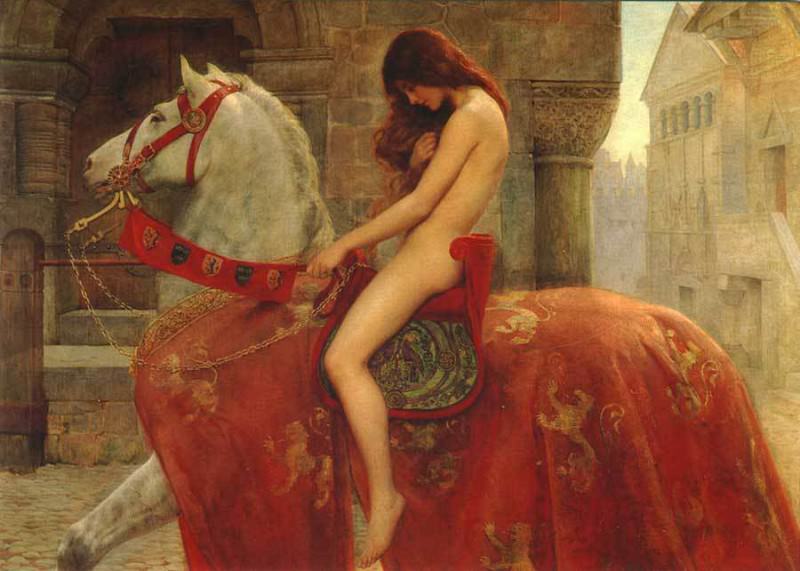Marina Abramović: The Art of Performance
Marina Abramović is a name synonymous with the art of performance. Her work, spanning over four decades, has redefined the boundaries of contemporary art, challenging audiences and herself through physically and emotionally demanding performances. Born on November 30, 1946, in Belgrade, Yugoslavia (now Serbia), Abramović's journey in the art world began in the early 1970s and continues to influence and inspire.
Early Life and Artistic Beginnings
Abramović was born into a family with a strong military background. Her parents were Partisans during World War II, and her upbringing was marked by strict discipline and rigorous expectations. Despite the rigid environment, Abramović found solace and expression through art. She studied at the Academy of Fine Arts in Belgrade, where she initially focused on painting. However, she soon felt constrained by the medium and began exploring more radical forms of expression.
Transition to Performance Art
In the early 1970s, Abramović transitioned from painting to performance art, a medium she felt could better convey her ideas and emotions. Her early works often involved her own body as both the subject and medium of her art. In one of her first significant performances, "Rhythm 10" (1973), Abramović used twenty knives to stab between the fingers of her outstretched hand, recording the sounds and movements. This piece marked the beginning of her exploration into the relationship between the performer and the audience, as well as themes of pain, endurance, and the limits of the body.
The Rhythm Series
Abramović's "Rhythm" series, performed between 1973 and 1974, further pushed the boundaries of performance art. In "Rhythm 5" (1974), she lay in the center of a burning wooden star, exploring themes of physical and psychological limits. During the performance, she lost consciousness due to lack of oxygen, and the audience intervened to save her. This series of works highlighted the vulnerability and resilience of the human body, and Abramović's willingness to push herself to the brink of danger.
Collaboration with Ulay
One of the most significant periods in Abramović's career was her collaboration with the German artist Ulay (Uwe Laysiepen). The two met in 1976 and began an intense personal and professional relationship. Their collaborative works explored themes of duality, trust, and the dynamics of relationships. They often used their own bodies as a canvas to express these ideas.
One of their most famous performances, "Rest Energy" (1980), involved Ulay holding a bow and arrow aimed at Abramović's heart. The performance lasted four minutes, highlighting the tension and trust between the two artists. Another notable work, "The Great Wall Walk" (1988), marked the end of their relationship. Abramović and Ulay each walked 2,500 kilometers along the Great Wall of China, starting from opposite ends and meeting in the middle. This performance symbolized the end of their personal and artistic partnership.
Solo Works and "The Artist is Present"
After her separation from Ulay, Abramović continued to create powerful solo performances. In "Balkan Baroque" (1997), she spent four days scrubbing thousands of cow bones, a poignant commentary on the atrocities of the Yugoslav Wars. This work earned her the Golden Lion for Best Artist at the Venice Biennale.
Perhaps her most famous solo performance is "The Artist is Present" (2010), held at the Museum of Modern Art (MoMA) in New York. For three months, Abramović sat silently at a table, inviting visitors to sit across from her and engage in silent eye contact. The simplicity and intensity of the performance resonated with thousands of visitors, some of whom were moved to tears. "The Artist is Present" solidified Abramović's status as a leading figure in contemporary art, demonstrating the power of presence and connection in performance art.
Legacy and Influence
Marina Abramović's work has had a profound impact on the art world, inspiring generations of artists and challenging conventional notions of art and performance. Her commitment to pushing physical and emotional boundaries has redefined the possibilities of performance art. Abramović's influence extends beyond the art world; her exploration of human endurance, vulnerability, and connection resonates with audiences globally.
In 2010, Abramović founded the Marina Abramović Institute (MAI) in Hudson, New York, dedicated to the preservation and continuation of performance art. The institute offers a space for long-duration performances and workshops, fostering a new generation of performance artists.
Recent Works and Continued Exploration
In recent years, Abramović has continued to evolve and experiment with new forms of art. Her performance "512 Hours" (2014) at the Serpentine Gallery in London involved no pre-planned actions or materials, relying entirely on Abramović's interaction with the audience. This work emphasized the ephemeral and spontaneous nature of performance art, showcasing Abramović's ability to adapt and innovate.
In 2020, Abramović's retrospective exhibition "After Life" at the Royal Academy of Arts in London featured a comprehensive overview of her career, including reenactments of her seminal works. This exhibition celebrated her enduring influence and the breadth of her artistic achievements.
Conclusion
Marina Abramović's journey as an artist is a testament to her unwavering commitment to exploring the depths of human experience. Through her performances, she has confronted pain, fear, and vulnerability, transforming them into powerful expressions of art. Abramović's work challenges us to reconsider the boundaries of art and the role of the artist, inviting us to engage with our own limits and capacities for endurance. As she continues to push the boundaries of performance art, Marina Abramović remains a pioneering force, inspiring both artists and audiences to embrace the transformative power of art.
















